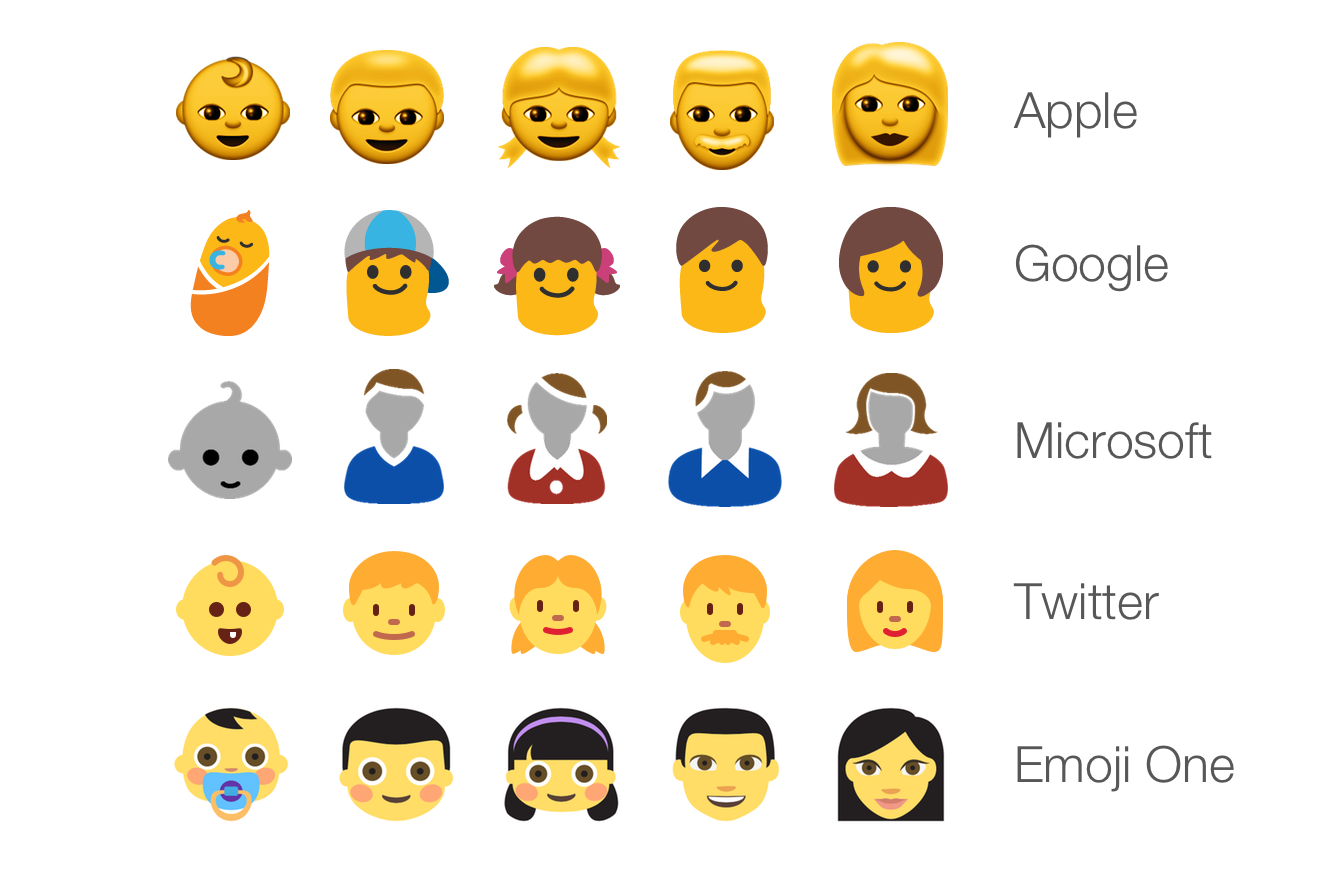I’m kind of a grammar nerd. 🤓
Like, the type of grammar nerd who will go to war over an Oxford comma and considers the AP Style Guide a nice, light read.
I pride myself on being able to settle any grammar debate quickly and definitively. Sadly, there’s one common debate that I can’t immediately settle: what the heck do you do with emojis?
With 92% of the online population using emojis, I see those little pictures everywhere. And their willy-nilly, free-for-all punctuation usage keeps me up at night.
I mean, do they go before or after punctuation? Or are they punctuation? Where do I put them in a paragraph? Is there a limit to how many I can use? Aaaaaaaaa.
I’ve had enough. We need rules, people. 😤
So I gathered up all of the info out there about emojis, and compiled this handy dandy style guide.
Next time you write an emoji into a blog post, tweet or email, you’ll know exactly what to do!
Let’s go 🎉
The plural of emoji is emojis
If you’re referring to more than one emoji, then the pluralized word is emojis.
I’ve seen naysayers who consider emoji to be the plural of the word, but the majority of users seem to say emojis and I believe this is the proper plural form. Allow me to explain my logic. Emoji is a borrowed word (also known as a loanword). Meaning, the word wasn’t created in the English language, rather it’s a Japanese word that means “picture character” and we just use it as our own. Typically, treat borrowed words with English rules, which means adding an “s” to make them plural (think: kindergartens, safaris, croissants, tsunamis, cartoons, etc.).
That means, EMOJIS!
Emojis come after punctuation (usually)
Emojis are a brand new concept in the English language. Which means there are *gasp* no real rules on how to punctuate them!! But, new grammar rules tend to follow common usage in its early days, so it’s a matter of finding that common usage. After combing through the web for a few days, I noticed that more often than not, people have been putting emojis after the punctuation. Like this:
It’s my birthday tomorrow! 🎁 🎈 Are you coming to my party?
This book I’m reading is pretty good. 📚 I’ll loan it to you when I’m finished.
The above rule is great for paragraph writing when there are sentences before and after the emoji. An exception to this rule is when you’re writing a single phrase. When your writing is short and snappy, then no punctuation is needed after your emojis. They are the punctuation. Like this:
I love you 💗
Let’s go out tonight 💃🍻
Emojis can either replace or reiterate
Emojis can be addictive. When you start throwing random ones everywhere, your meaning can get lost. Plus, you can look like you don’t know what you’re doing. A good trick is to think of emojis as having two purposes: to replace a word or phrase, or to reiterate a word or phrase.
Emojis can replace words only if it is an obvious representation of your word. For example:
This: Want to go grab a ☕ with me?
Not this: Want to ➡ ☕ with 🙋?
More commonly, emojis are used to reiterate something you’ve already said. For example:
This: We won the game last night 🏈🥇🙌🔥
Not this: We won the game last night 🦶💅🥁🔆
Emojis go at the end of a sentence
Just like above, if you use emojis to reiterate something in a sentence, there are rules for that too. Don’t place a string of emojis in the middle of the sentence unless you’re replacing one word with an emoji. It throws off the flow of the sentence and just looks super weird. For example:
This: I think I’m getting sick 🤒
Not this: I think I’m getting 🤒 sick
Emojis read left-to-right
Emojis, just like every other written character in English, read left to right. For example, the phrase “I take a picture” should look like:
This: 👩🏻📸
Not this: 📸👩🏻
Or the phrase “Santa Claus is coming to town” should look like:
This: 🎅🏙
Not this: 🏙🎅
Not all emojis are alike
Be careful. 🚨 Rendering the little pictures that we all know and love is a much more complex process than most people think. Do you have weirdos—oops, friends—that use Microsoft phones? What about that one coworker who refuses to update their email from Outlook 2011? If you’ve ever sent one of these folks a "😀," it didn’t look like that once the message got to them.
Each operating system is responsible for designing the appearance of and getting the emojis to render on their system. This means that emojis are rendered different from browser to browser, operating system to operating system, and year to year. I recommend looking up any emoji on emojipedia to see what they’ll look like when you release them into the wild. Look at the differences!!

Where you can use emojis
(Almost) everywhere! Emojis are no longer a crazy new thing that the kids are doing. Emojis have crept their way into our everyday vernacular and are just as much a part of our language as symbols and letters. In your marketing, you can use them on social media, in chat bots with your customers, email subject lines, anywhere on your website, and in blog articles. My rule of thumb when using emojis is if it feels natural, go for it. If you feel like you’re forcing emojis where they don't belong just to fit them in, stay clear. You know your brand’s tone better than anyone; it’s your call to make.
Know your emoji
Emojis are constantly evolving and changing in meaning and usage. Emojis take on the meaning of how people use them, not what their names or descriptions are. You probably know that 🍆 and 🍑 have some double meanings. 🤭 But did you know that 🐐, 💅, and 💨 all mean something completely different from what they look like? Read up on the current definitions of an emoji on a site like emojipedia to avoid any surprises. Trust me, even I fall behind and I like to think I’m one of the cool kids (maybe). 😎
Go forth and emoji! 💯❗🎉🎊⭐✨🤩🥳🙌
